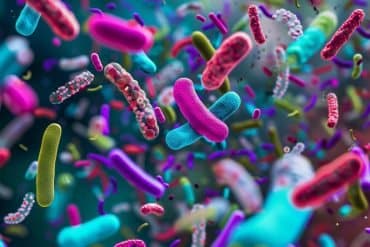When transplanted into the midbrains of adult patients with Parkinson’s disease, dopamine neurons derived from fetal tissue can remain healthy for many years. The findings reported in the Cell Press journal Cell Reports on June 5th suggest that transplanted neurons don’t degenerate over time as some had suggested and feared they would, which provides further rationale for pursuing stem cells as a source for transplant-ready dopamine neurons, according to the researchers.
“Our findings show a robust expression of dopamine transporters and a lack of abnormal mitochondrial morphology in implanted dopamine neurons for at least 14 years after transplantation,” said Ole Isacson of Harvard University and McLean Hospital. “Our data therefore suggest that transplanted dopamine neurons can remain healthy and functional for decades.”
The tremors and other motor symptoms that characterize Parkinson’s disease result from the loss of dopamine-producing neurons in part of the midbrain. Neuron transplantation can replace failing neurons with healthy ones from a donor source, but there were questions about the health of those transplanted cells over time.

In the new study, Isacson and his colleagues examined dopamine neurons in five patients who had received fetal cell transplantation four to 14 years earlier. Their examination showed normal expression of dopamine transporters. The transplanted dopamine neurons also appeared to remain healthy and functional over time, with no signs of the degeneration characteristic of Parkinson’s disease.
Isacson said it is now clear that fetal cell transplantation has been beneficial for patients with Parkinson’s disease; some patients have continued to improve clinically for decades without any medication for the disease at all. However, the therapeutic approach—in which a cell suspension derived from fetuses is injected directly into the relevant portion of the brain—has been offered to only a limited number of patients participating in clinical trials.
The researchers say they now hope to advance on alternative sources for dopamine neurons, particularly from induced pluripotent stem cells made from a patient’s own cells. “Our findings are extremely encouraging and timely for the field of regenerative medicine and for advancing stem cell-derived dopamine neuron transplantation as a restoration therapy for Parkinson’s disease,” Isacson said.
The study was funded by NIH grants EY012171 and EB004410, the National Science Foundation, the McKnight Foundation, the San Diego Foundation Blasker Award, and the Polish government.
Contact: Mary Beth O’Leary – Cell Press
Source: Cell Press press release
Image Source: The image is credited to John Henkel/FDA and is in the public domain
Original Research: Abstract for “Long-term dopamine transporter expression and normal cellular distribution of mitochondria in dopaminergic neuron transplants in Parkinson’s disease patients” by Penelope J. Hallett, Oliver Cooper, Damaso Sadi, Harold Robertson, Ivar Mendez, and Ole Isacson in Cell Reports. Published online June 5 2014 doi:10.1016/j.celrep.2014.05.027







